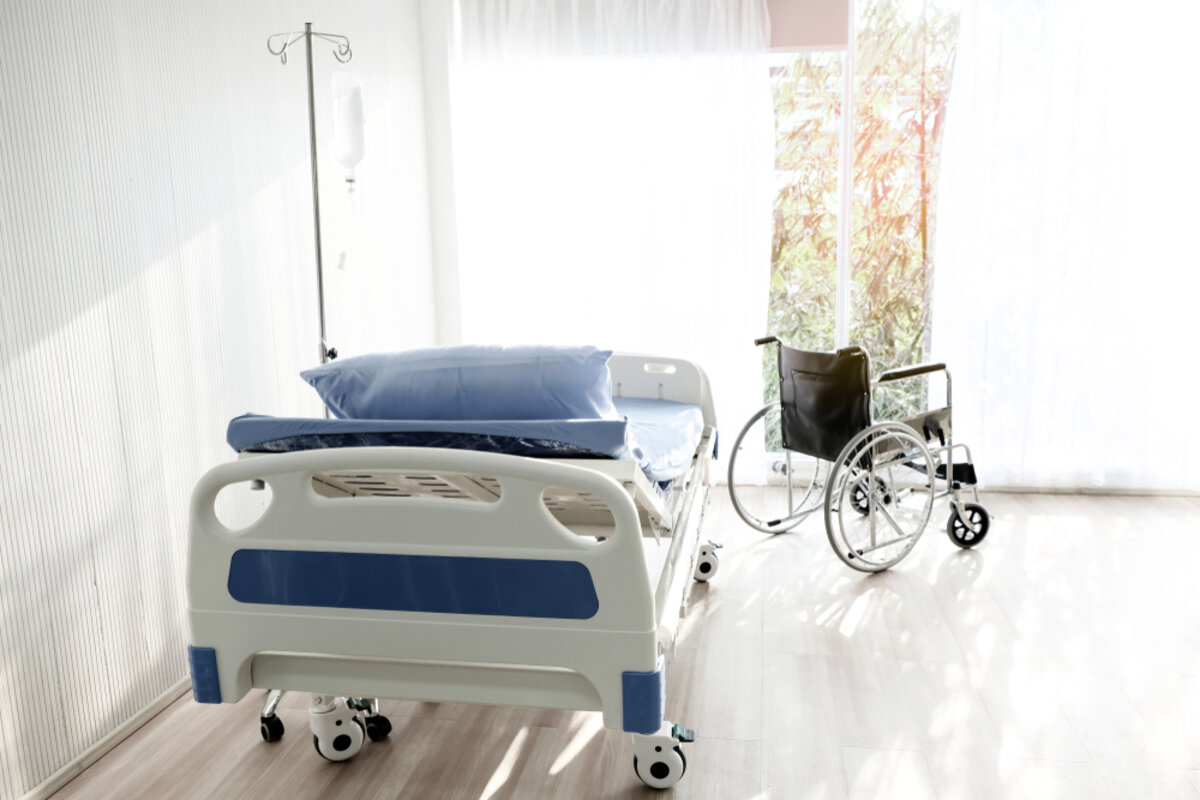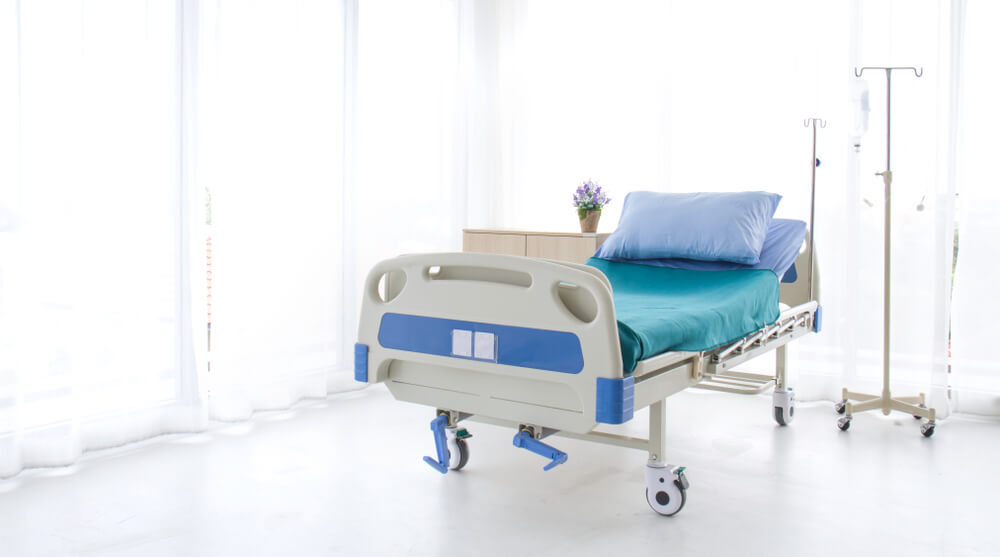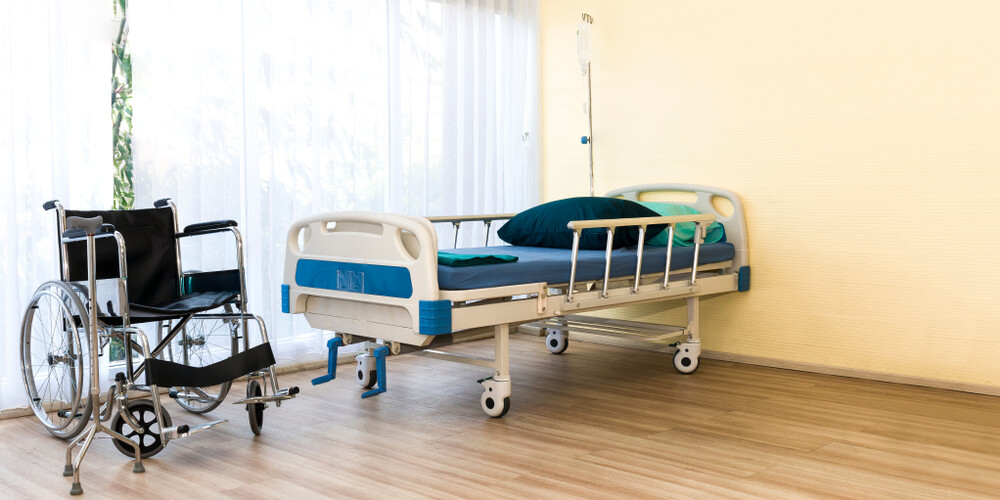
11 Mar Airborne Isolation Rooms: Maintaining a Safe Environment in Hospitals
Airborne isolation rooms play a critical role in maintaining a safe and healthy environment in hospitals. These specialized rooms are designed to control the spread of infectious diseases and minimize cross-infection among patients, healthcare personnel, and visitors. In this comprehensive guide, we will explore the different types of airborne isolation rooms, key considerations when building and maintaining them, and the products available to create an effective isolation room.
Importance of Airborne Isolation Rooms in Hospitals
In a healthcare setting, controlling the spread of infectious diseases is of utmost importance to ensure the safety and well-being of patients, healthcare personnel, and visitors. Airborne isolation rooms are specifically designed to reduce the risk of cross-infection by controlling the flow of air within the room and minimizing the levels of airborne infectious particles.
By implementing proper ventilation, air pressure differentials, and air cleaning technologies, airborne isolation rooms create a safe environment for patients with infectious diseases. These rooms are essential for preventing the spread of airborne infections and maintaining the overall hygiene and cleanliness of the healthcare facility.
Types of Airborne Isolation Rooms
There are several types of airborne isolation rooms that can be implemented in hospitals depending on the specific needs and requirements of the facility. Let’s explore the different types:
Standard Rooms
Standard rooms are the most common type of patient rooms in hospitals. These rooms have neutral air pressure levels and are equipped with standard HVAC systems and are primarily used for patient care. This type of room can also be used for patient contact isolation for infections with multiple drug resistant organisms (MDROs) or for droplet isolation, which includes influenza and pertussis. Standard rooms may have additional features such as a clinical handwashing sink. Most standard rooms include a shower and toilet facilities, and may have a self-closing door.
Airborne Infection Isolation (AII) Rooms
Airborne infection isolation (AII) rooms, also known as infectious isolation rooms, are designed to maintain a negative-pressure differential. These rooms have lower pressure levels than adjacent areas, ensuring that air rushes inward rather than outward when the room is opened. AII rooms This design, which ensures air is vented directly outdoors, prevents airborne infectious particles from escaping into other areas of the healthcare facility. AII rooms are used to isolate patients with suspected or confirmed airborne-transmissible infections.
Protective Environment (PE) Rooms
Protective environment (PE) rooms are recommended for patients undergoing allogeneic hematopoietic stem cell transplant for blood cancers or bone marrow diseases. Unlike AII rooms, PE rooms maintain a positive pressure differential. These rooms have higher pressure levels than adjacent areas, causing air to rush outward rather than inward when the door is opened. Part of the design of PE rooms include self-closing doors and ensuring all ingress areas such as windows, doors, and electrical outlets are well sealed to further protect vulnerable patients. This design prevents airborne infectious particles from entering the room from other areas of the facility. PE rooms are specifically used to protect immune-compromised patients from airborne-transmissible infections.
Building an Airborne Isolation Room in Hospitals
Building an effective airborne isolation room requires careful consideration of various factors to ensure the safety and well-being of patients and healthcare personnel. Here are some key considerations to keep in mind:
Air Changes per Hour (ACH)
The Centers for Disease Control (CDC) recommends a minimum of 12 air changes per hour (ACH) using medical-grade HEPA filters for isolation rooms. HEPA filters are designed to remove 99.97% of airborne particles that are ≥0.3 µm in diameter. Adequate air changes per hour help maintain a clean and uncontaminated environment within the room.
Heating, Ventilation and Air Conditioning (HVAC) Systems
HVAC systems play a vital role in maintaining the air quality and temperature of an airborne isolation room. The HVAC system should be able to regulate airflow, control temperature, and minimize the transmission of airborne diseases. Depending on the type of isolation room, different HVAC requirements may be necessary, such as dedicated supply and exhaust systems for negative pressure rooms or a shared air system with HEPA filters for positive pressure rooms.
Pressure Control
Proper pressure control is crucial in maintaining the desired air pressure differentials between the isolation room and adjacent areas. Negative-pressure differentials are required for AII rooms, while positive-pressure differentials are needed for PE rooms. The recommended minimum differential pressure between the isolation room and adjoining areas is 2.5 Pa (0.01″ water gauge) for both negative and positive rooms. A process should be in place to ensure the room maintains the proper pressure.
Temperature Control
Isolation rooms must be appropriately heated or cooled to maintain a comfortable temperature for patients. The average temperature should be around 75°F (24°C) to ensure optimal patient comfort.
Supplemental Controls
Supplemental controls, such as ultraviolet germicidal irradiation (UVGI), can be used to enhance air purification and reduce the risk of contamination. UVGI systems deactivate viruses and bacteria that accumulate on HEPA filters, further ensuring a clean environment within the isolation room.
Maintaining Airborne Isolation Rooms in Hospitals
Once an airborne isolation room is built, it is crucial to establish proper maintenance protocols to ensure its continued effectiveness. Here are some key aspects of maintaining airborne isolation rooms:
Cleaning and Disinfection
Regular cleaning and disinfection of the isolation room are essential for preventing the buildup of contaminants and maintaining a clean environment. Environmental services personnel should follow proper cleaning protocols, paying special attention to high-touch surfaces and ensuring the proper use of appropriate disinfectants.
Environmental Services
Environmental services play a critical role in maintaining the cleanliness and hygiene of airborne isolation rooms. This includes proper waste management, laundry operations, pest control, and adherence to infection prevention protocols. Well-trained environmental services staff are instrumental in creating and maintaining a safe environment within the isolation room.
Infection Prevention
Infection prevention measures should be strictly followed in airborne isolation rooms. This includes proper hand hygiene, the use of personal protective equipment (PPE), and adherence to isolation precautions. Healthcare personnel should receive training on infection prevention protocols to ensure the safety of both patients and staff.
Regulations and Guidelines for Airborne Isolation Rooms
Building and maintaining airborne isolation rooms requires adherence to various regulations and guidelines set by organizations such as the CDC, the American Institute of Architects (AIA), and The American Society of Heating, Refrigerating and Air-Conditioning Engineers (ASHRAE). These guidelines ensure that the design, construction, and operation of isolation rooms meet the highest standards of safety and infection control.
The CDC provides comprehensive guidelines on the design and maintenance of airborne isolation rooms, including recommendations for air changes per hour, pressure differentials, and air cleaning technologies. The AIA offers guidelines for architects and designers, focusing on the design and layout of healthcare facilities, including isolation rooms. ASHRAE provides standards for HVAC systems in healthcare facilities, ensuring optimal air quality and temperature control.
By following these regulations and guidelines, healthcare facilities can create effective and safe airborne isolation rooms that minimize the risk of cross-infection and maintain a healthy environment for patients and healthcare personnel.
Prioritize Safe Environments in Hospitals
Airborne isolation rooms are a critical component of infection control in hospitals. By implementing proper ventilation, air pressure differentials, and air cleaning technologies, these rooms help minimize the risk of cross-infection and create a safe environment for patients and healthcare personnel.
By prioritizing the design, construction, and maintenance of airborne isolation rooms, hospitals can create a safe and healthy environment for patients, healthcare personnel, and visitors. These rooms are essential for preventing the spread of infectious diseases and ensuring the overall well-being of everyone within the healthcare facility. Contact Infection Control Results today to learn more about airborne isolation rooms to ensure a safe environment in hospitals.


